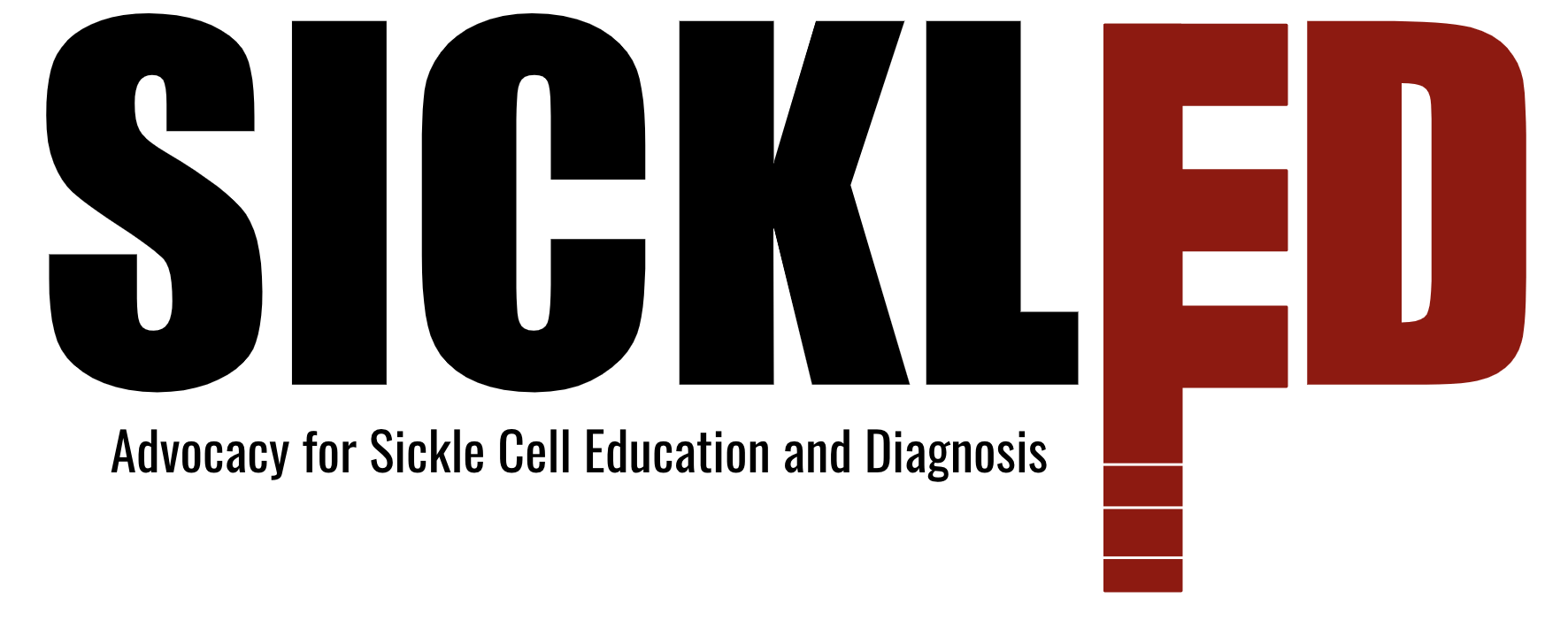While there is no formal cure for SCD, there are certainly biomedical interventions available in high-income countries which have greatly improved the life quality and life expectancy of individuals with the disease.

Hydroxyurea helps red blood cells stay rounder and more flexible, thereby making them less likely to turn into a sickle shape. This is one of the most proven effective drugs available to mediate SCD. However, because of its high cost, it is impossible to sustainable implement distribution programs of hydroxyurea in low-to-middle income countries.
Folic acid additionally assists with disease mediation. Due to the sickle cells weak structure, folic acid is taken to fortify the cells so that do not deteriorate as rapidly, thus decreasing the magnitude of anemia.
In low-to-middle income countries, anti-bacterial drugs such as penicillin are becoming more popular. This is due to their ability to reduce bacterial infections, which become extremely likely in individuals with SCD (mainly children). According to a landmark study performed in sub-Saharan Africa, pneumococcal vaccination (for infections caused by the bacteria Streptococcus pneumoniae) and daily oral administration of penicillin have significantly reduced the mortality associated with pneumococcal infection in these children.
